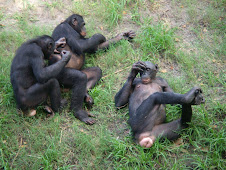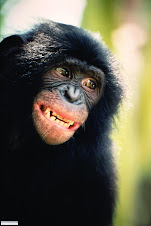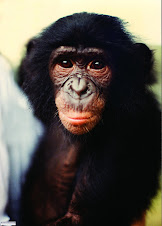 Always fascinated by zoos, I have collected zoo memorabilia for many years. It is interesting to see how attitudes about wild animals have followed the social, economical, religious, and political mood of the time. One of my older pieces is a 32 page booklet, dated 1872, titled Grand Menagerie and Great Moral Exhibition. The only locale given is Albany, N.Y. The introduction is about natural history:
Always fascinated by zoos, I have collected zoo memorabilia for many years. It is interesting to see how attitudes about wild animals have followed the social, economical, religious, and political mood of the time. One of my older pieces is a 32 page booklet, dated 1872, titled Grand Menagerie and Great Moral Exhibition. The only locale given is Albany, N.Y. The introduction is about natural history:“It teaches man his superiority over the brute creation, and creates in his bosom a knowledge of the wisdom and goodness and omnipresence of a Supreme and All-wise Creator."
It goes on to say that the owners spent enormous sums of money, and took great risks to assemble the animals from all over the world (and they ask for a remuneration which the visitor will be doubly repaid):
The booklet describes the elephant, lion, the Thibet (sic) bear, black bear, leopard, zebra, hippopotamus, rhinoceros, dromedary camel, badger, and the peacock. The giraffe is noted to be “one of the rarest quadrupeds in the menagerie”. Obviously from personal experience, there is an explanation of the capture of Asian elephants and the work of a lion and tiger tamer who “fearlessly enters the cages belonging to this long-established Menagerie”.
Other observations in Menagerie:
“Here we have another variety of Tiger, different entirely, however, from the Royal Bengal in habits, appearance and strength. For a long time after the capture of this animal, the people could not acknowledge him as a tiger. They were willing to admit him as a Jaguar or big Leopard, but it was hard to introduce him as a Tiger with spots on. He is not of the right stripe for a Tiger; but we can assure our friends that he is a legitimate tiger and nothing else.
"A Menagerie would be incomplete without its cages of Monkeys. People love to see the nimble, playful creatures—those miniature men—in their ludicrous antics. In their native woods they are not less the pest of man than of other animals. The Monkeys are in possession of every forest where they reside, and may be considered as masters of the place: there is but one animal in all the forest that ventures to oppose them, and that is the Serpent.”
What is interesting about old zoo guidebooks is how far zoos have evolved from the 1800’s. The one thing that seems to be the same is that the goal of the Menagerie’s document is to educate the public and education is still the mission of modern zoos.
What is different, with the sophistication of technology, is the collective management of animals that uses genetic modeling to ensure viable captive populations. Also, with the rate of extinction of wild species and the loss of habitats, zoos are focusing on protecting wildlife and their environment, something that was an unknown concept during the time of the Menagerie.













No comments:
Post a Comment